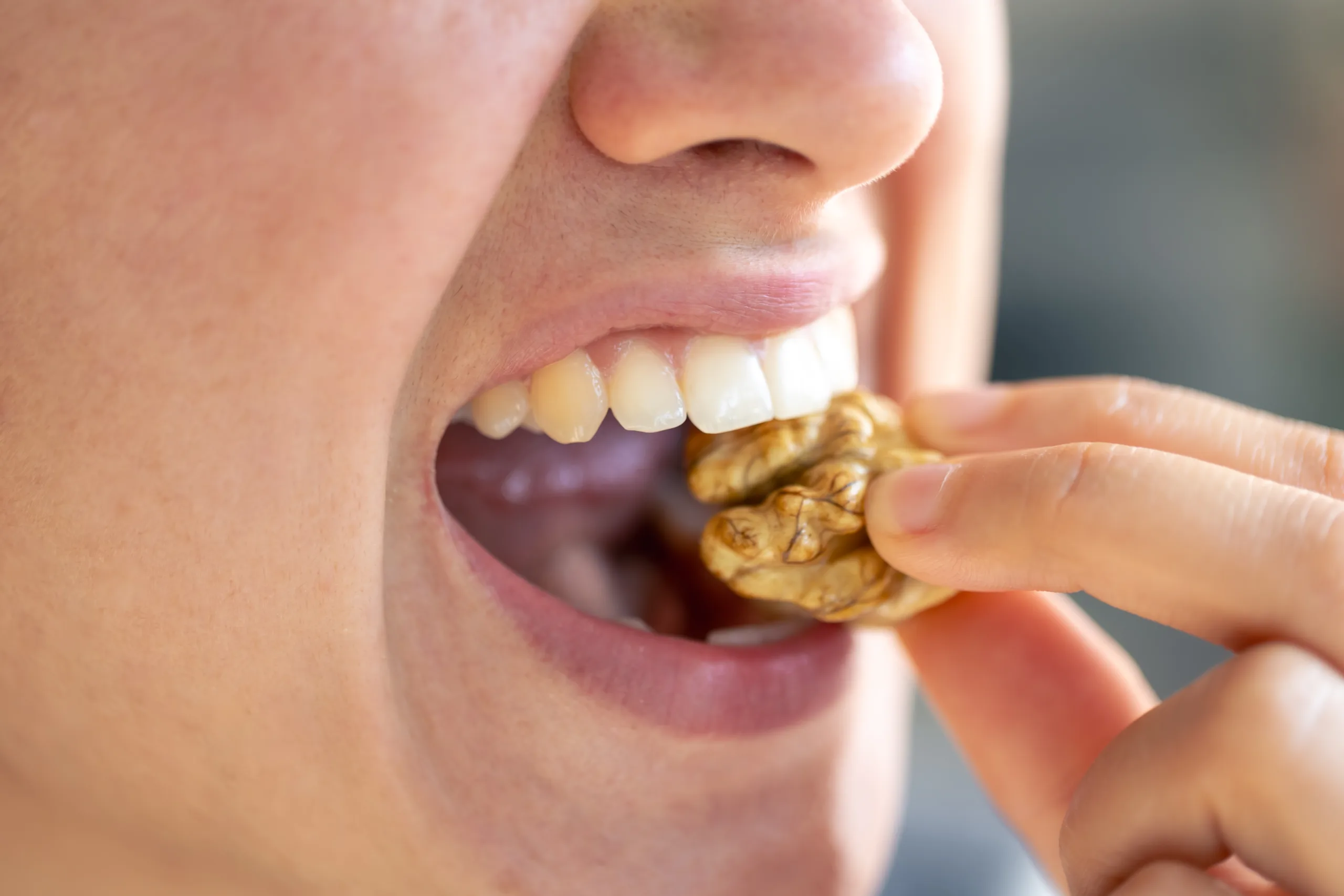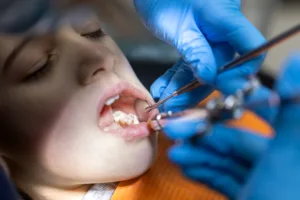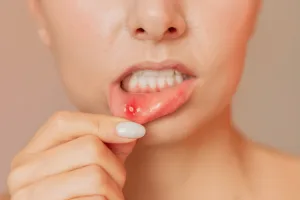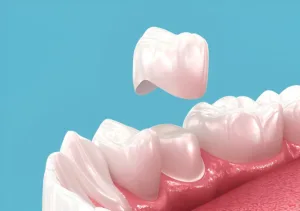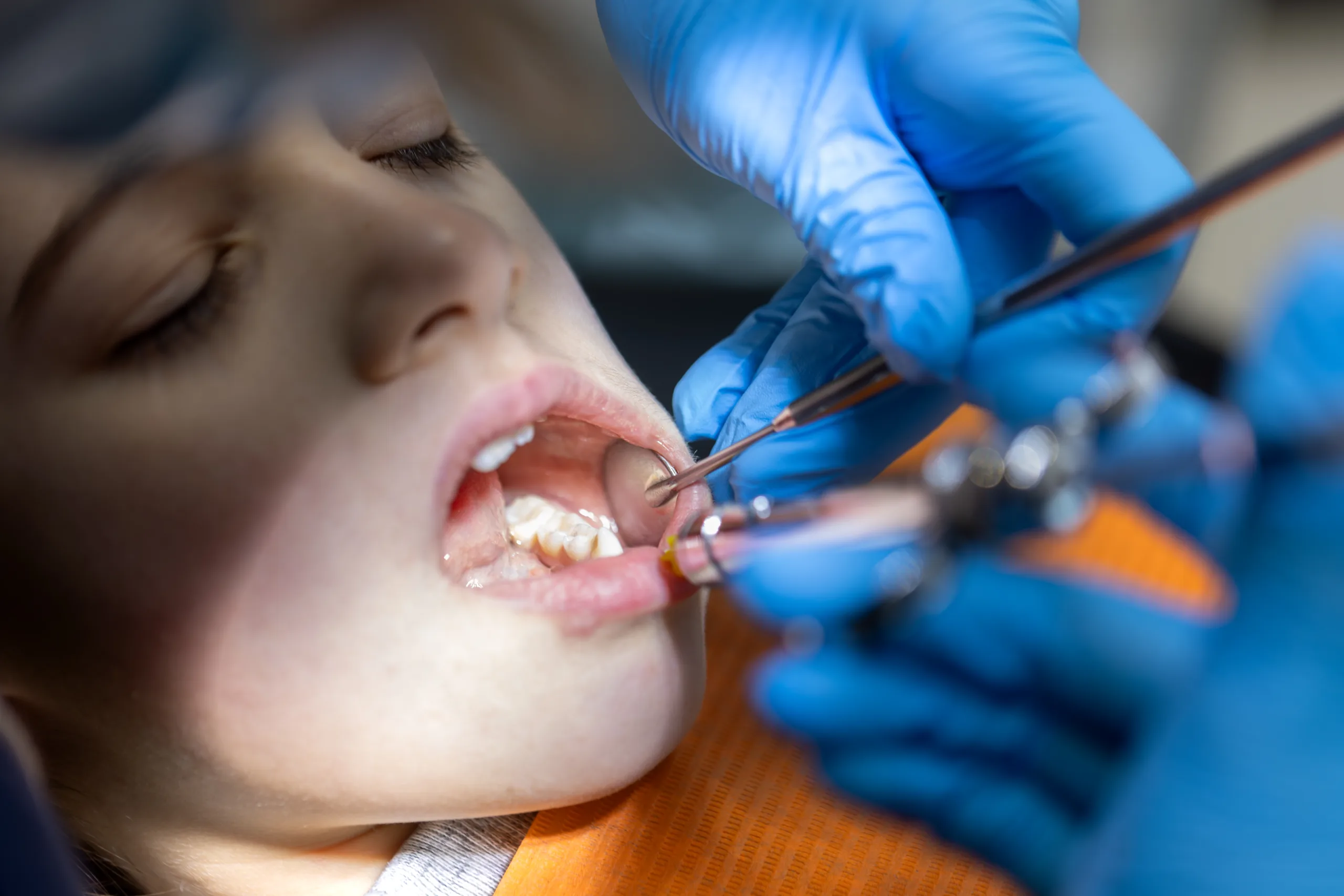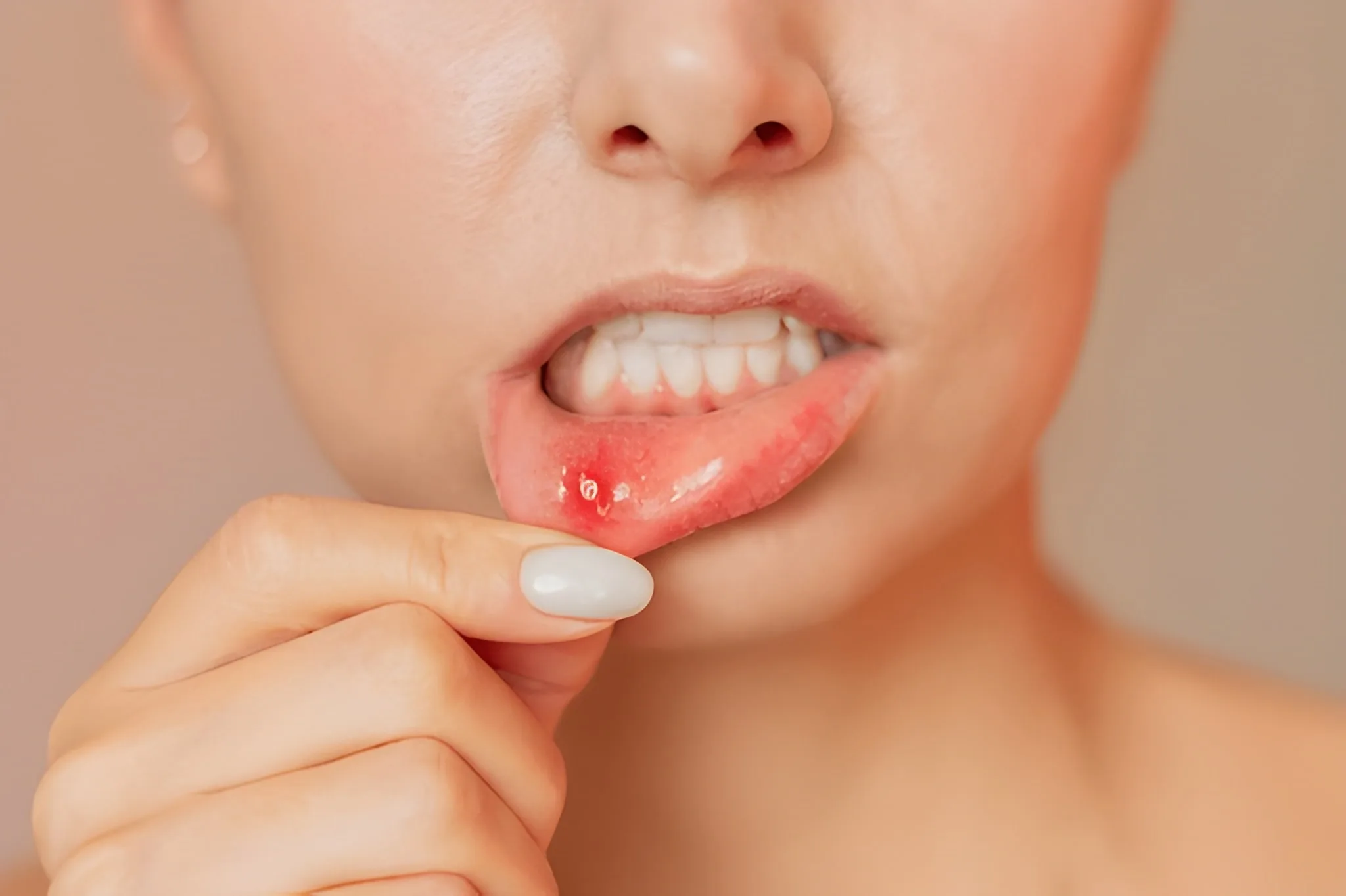It’s a common question: Are teeth bones? After all, both are white, hard, and found inside your body. But while they look similar, teeth and bones are very different in structure, composition, and function.
In this article, we’ll break down exactly how teeth differ from bones, why teeth can’t heal like bones, and what that means for your dental care. Whether you’re in Australia, New Zealand, or elsewhere, understanding these differences is key to keeping your smile healthy and strong.
Table of Contents
The Composition of Teeth vs. Bones
What Are Bones Made Of?
Bones are living tissues primarily composed of collagen, a protein that provides flexibility, and calcium phosphate, which gives bones their strength and density. This combination allows bones to be strong yet lightweight, supporting movement and protecting vital organs.
One crucial feature of bones is their ability to regenerate. Bones have marrow, which produces blood cells, and they constantly remodel themselves through a process called ossification.
What Are Teeth Made Of?
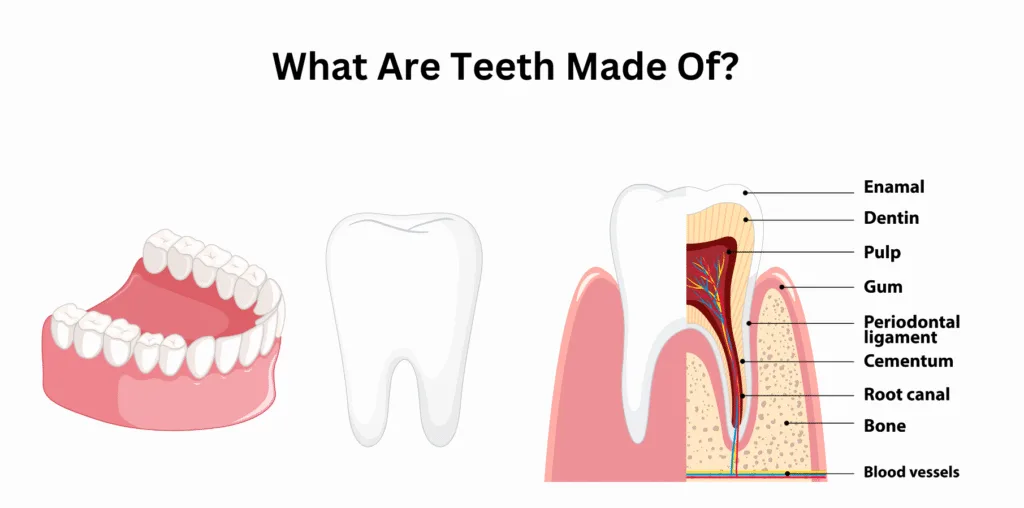
Unlike bones, teeth do not contain marrow or the same regenerative abilities. Instead, teeth consist of:
- Enamel: The hardest substance in the human body, covering the tooth’s outer surface. It is made mostly of hydroxyapatite, a crystalline calcium phosphate that provides durability.
- Dentin: A dense tissue under the enamel that makes up most of the tooth’s structure. It contains microscopic tubules that connect to the nerve, making it sensitive.
- Pulp: The inner part of the tooth, containing nerves and blood vessels that provide nutrients.
- Cementum: A calcified substance that covers the root and helps anchor the tooth to the jawbone via the periodontal ligament.
Key Differences Between Teeth and Bones
| Feature | Teeth | Bones |
| Composition | Enamel, dentin, pulp | Collagen, calcium phosphate |
| Regeneration | Cannot self-heal | Can regenerate and heal |
| Blood Supply | Limited (only in pulp) | Rich in blood supply |
| Flexibility | Hard and brittle | Strong but slightly flexible |
| Function | Chewing, speaking | Support, movement, protection |
Why Can’t Teeth Heal Like Bones?
Bones are living tissues full of regenerative cells and marrow. When a bone breaks, your body can heal and regrow it. Teeth, however, are not as lucky.
Tooth enamel has no living cells. So when it’s damaged by decay or trauma, it cannot repair itself. This is why dental treatments like fillings, crowns, or root canals are necessary to restore tooth function.
Essential Dental Care Tips (Because Teeth Can’t Regrow)
Because teeth lack the ability to self-heal, proactive dental care is paramount. To safeguard your oral health, adhere to these key practices:
1. Maintain Proper Oral Hygiene
- Brush your teeth with fluoride toothpaste twice a day, every day.
- Eliminate plaque and food particles through daily flossing.
- Use antibacterial mouthwash to kill harmful bacteria.
2. Regular Dental Checkups
Visiting a dentist every six months ensures early detection of issues like cavities, gum disease, or enamel erosion. Professional cleanings help remove plaque buildup that regular brushing cannot address.
3. Diet and Nutrition for Strong Teeth
A diet rich in calcium and vitamins is vital for strong teeth. Consider the following:
- Dairy products (milk, cheese, yogurt) for calcium.
- Leafy greens (spinach, kale) for vitamins A and C.
- Crunchy vegetables (carrots, celery) to help naturally clean the teeth.
- Water with fluoride as it helps strengthen enamel.
Common Myths About Teeth and Bones
Myth 1: Teeth and Bones Are the Same
Fact: While both contain calcium, teeth are not bones—they lack marrow, flexibility, and healing ability.
Myth 2: Drinking Milk Can Repair Teeth
Fact: Calcium helps strengthen teeth but cannot regenerate damaged enamel. Prevention is your best protection.
Myth 3: Whitening Damages Teeth Permanently
Fact: Professional whitening is safe when done correctly. However, overuse of harsh products can lead to sensitivity.
How Teeth and Jawbones Work Together
Teeth aren’t bones, but they rely heavily on your jawbone. The jaw anchors your teeth and keeps them stable. When a tooth is lost, the surrounding bone can shrink due to lack of stimulation. Dental implants not only replace missing teeth but also help preserve jawbone density.
Key Takeaways
Teeth may look like bones, but they have significant differences in composition, function, and healing ability. Unlike bones, teeth cannot regenerate, making proper oral hygiene, a balanced diet, and regular dental care essential. If you’re in Australia or New Zealand and looking for expert dental care, consider visiting a Springvale dentist or a dentist in Abbotsford to ensure your smile stays healthy for years to come.
By understanding the science behind teeth and bones, you can take proactive steps to maintain optimal dental health and prevent issues before they arise. If you have concerns about your oral health, schedule a dental appointment today!

